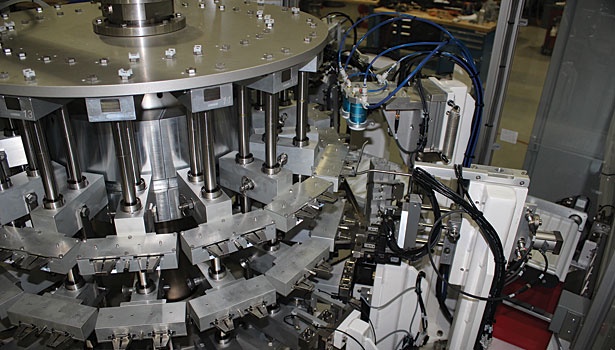Flexible assembly systems have become essential in modern manufacturing environments, allowing companies to adapt quickly to changing production demands and market trends. These systems are designed to accommodate a wide range of products and production processes while maintaining high levels of efficiency and flexibility. In this comprehensive guide, we'll explore the key components that make up a flexible assembly system and how they work together to streamline manufacturing operations.
Modular Workstations:
Modular workstations are the foundation of a flexible assembly system, providing versatile and configurable workspaces for assembly operators. These workstations are designed to accommodate different assembly tasks and product configurations, allowing for easy reconfiguration and adaptation to changing production requirements. Modular workstations may include features such as adjustable height, ergonomic design, and integrated tooling or equipment to support efficient assembly operations.
Programmable Logic Controllers (PLCs):
PLCs are essential control devices that manage and coordinate the operation of various components within a flexible assembly system. These controllers execute programmed instructions to control machinery, equipment, and processes, ensuring precise synchronization and sequencing of assembly tasks. PLCs play a crucial role in optimizing production efficiency, monitoring system performance, and implementing safety protocols within the assembly environment.
Robotics and Automation:
Robotics and automation technologies are integral components of flexible assembly systems, enabling high-speed and precision assembly operations. Industrial robots are used to perform repetitive or labor-intensive tasks with accuracy and consistency, freeing up human operators for more complex or specialized tasks. Automation equipment such as conveyors, feeders, and transfer systems facilitate the movement of parts and components throughout the assembly process, improving throughput and efficiency.
Vision Systems and Sensors:
Vision systems and sensors are used to provide real-time feedback and monitoring of assembly processes within flexible assembly systems. Vision systems utilize cameras and image processing algorithms to inspect parts, detect defects, and ensure accurate assembly. Sensors such as proximity sensors, limit switches, and force sensors are employed to detect the presence of components, verify proper alignment, and provide feedback on assembly force and torque levels.
Flexible Tooling and Fixturing:
Flexible tooling and fixturing solutions are essential for accommodating diverse product configurations and assembly requirements within a flexible assembly system. These tools and fixtures are designed to be quickly reconfigured or adapted to different assembly tasks, reducing changeover time and increasing overall system flexibility. Flexible tooling may include interchangeable grippers, clamps, and end effectors, while flexible fixturing may utilize modular or adjustable fixtures to hold parts in place during assembly.
Human-Machine Interface (HMI):
The human-machine interface serves as the primary means of interaction between operators and the flexible assembly system. HMIs provide operators with intuitive interfaces for monitoring system status, accessing control functions, and responding to alerts or alarms. Modern HMIs feature touchscreen displays, graphical user interfaces, and customizable dashboards to facilitate efficient operation and troubleshooting of the assembly system.
Data Acquisition and Analysis Tools:
Data acquisition and analysis tools are used to collect, process, and analyze data generated by the flexible assembly system. These tools provide valuable insights into production performance, quality metrics, and system efficiency, enabling continuous improvement and optimization of assembly processes. Data acquisition systems may capture information such as cycle times, error rates, and equipment utilization, while analysis tools help identify trends, anomalies, and opportunities for improvement.
Scalable and Expandable Architecture:
A flexible assembly system should be designed with scalability and expandability in mind, allowing for future growth and adaptation to evolving production needs. Modular architectures and standardized interfaces facilitate the integration of new equipment, technologies, and production lines into the assembly system, ensuring seamless expansion and integration with existing infrastructure. Scalable architectures enable manufacturers to increase production capacity, introduce new products, and respond to market demands without significant reconfiguration or investment.
Final Thoughts:
In conclusion, flexible assembly systems are complex yet versatile environments that require careful integration of various components and technologies to achieve optimal performance. By understanding the key components outlined in this guide and their respective roles within the system, manufacturers can design and implement flexible assembly solutions that enhance productivity, efficiency, and adaptability in manufacturing operations. Flexible assembly systems empower companies to respond quickly to changing market demands, minimize downtime, and maximize production flexibility while maintaining high levels of quality and consistency in product assembly.


No comments yet